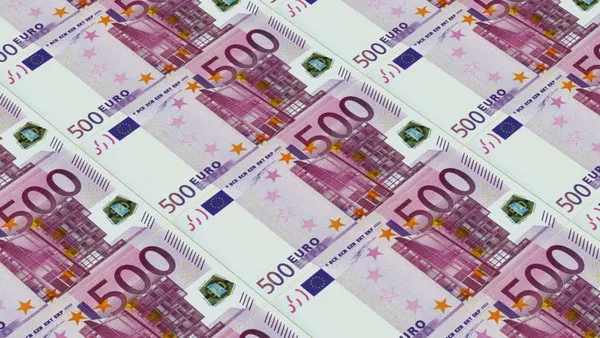The Euro is the official currency of 19 out of 27 European Union countries, and it has been widely used since its inception in 1999. However, despite being a common currency in all these countries, there are significant differences among the Euros used in each country. In this article, we explore the reasons behind these differences and their implications for travelers.
Historical Roots of Euro Differences
- The introduction of the Euro was designed to facilitate trade and reduce transaction costs between member states.
- However, different historical and cultural backgrounds of the member states influenced the design and implementation of their national currencies before adopting the Euro.
- This led to variations in design, size, weight, and security features of Euro coins and banknotes across the Eurozone countries.
Different Designs and Security Features of Euro Coins
- Euro coins have two sides, with one side featuring a common design representing the EU, and the other side displaying a unique design specific to the country of issue.
- The designs on euro coins from different countries reflect their individual identity, culture, and heritage. For instance, the Greek euro coins feature ancient Greek art and mythology, while the Finnish coins highlight their natural landscapes and wildlife.
- Furthermore, euro coins may also have varying security features, such as edge lettering, holograms or micro-lettering, depending on the issuing country’s preferences.
Varied Sizes and Colors of Euro Banknotes
- While Euro banknotes share a common front design, the reverse side displays iconic bridges and architecture from different parts of Europe.
- However, Euro banknotes differ in size and color, primarily due to the preference of the issuing country.
- For example, the €5 bill issued by Cyprus is slightly smaller than other euro banknotes, while the €10 note issued by Ireland is slightly larger.
- Moreover, some countries have incorporated additional security features on their banknotes, such as watermarks or fluorescent inks, to prevent counterfeiting.
Implications for Travelers
- Travelers need to be aware of the differences in Euro notes and coins between various countries because using a wrong currency could result in loss or extra charges.
- The variations can also create confusion when it comes to interpreting prices, especially for those who are not familiar with the country’s currency.
- Furthermore, travelers should note that some businesses may not accept foreign coins or banknotes, making it necessary to exchange the currency before traveling.
Using Euros in Different Countries
- While the Euro is a common currency across the Eurozone, each country has its rules and regulations regarding its use. For instance, some countries may impose limits on cash transactions, while others require ID verification for large purchases.
- Additionally, some countries may not accept certain denominations of euro banknotes, so it is essential to check with local authorities or banks before traveling.
Exchanging Currency Before Traveling
- To avoid any mishaps, it is recommended to exchange currencies at reputable financial institutions before traveling.
- Travelers should also consider exchanging money in advance to avoid being charged a higher conversion rate at airports or tourist spots.
- Moreover, exchanging currency in smaller towns may not be possible, so it is better to carry enough cash while traveling.
Future of Euro Differences
- Despite the differences in design and implementation of the Euro, it is still widely accepted as a common currency in the Eurozone.
- However, with the rise of digital currencies and global financial integration, there are concerns about the future role of national currencies and the Euro’s relevance.
- Some experts suggest that a more uniform design and implementation of the Euro could further strengthen its position in the global economy.
Digital Currencies and the Euro
- The emergence of digital currencies such as Bitcoin and Ethereum has challenged the traditional banking system and the role of national currencies.
- While the Euro is still widely used for transactions, digital currencies are becoming increasingly popular among tech-savvy users who value decentralization and anonymity.
- This trend could affect the future role of the Euro and lead to discussions on the need for a more unified approach to its design and implementation.
Global Financial Integration and Uniformity of Euro Design
- As global economies become more integrated, some argue that a more uniform design and implementation of the Euro could make it a stronger player in the global economy.
- A uniform Euro design could facilitate cross-border transactions and reduce transaction costs, making it an attractive option for businesses and investors.
- Furthermore, a more standardized approach could enhance the Euro’s stability and resilience against economic shocks, which could benefit both the Eurozone countries and the global economy.
In conclusion, the differences in design and implementation of the Euro reflect the unique historical and cultural backgrounds of member states. These differences have implications for travelers but have not hindered the Euro from being widely accepted as a common currency. However, with the rise of digital currencies and global financial integration, discussions on the future role of the Euro are ongoing. Whether a more uniform approach to the Euro’s design and implementation will be adopted remains to be seen, but it could strengthen the Euro’s position in the global economy.
Related Topics:


























